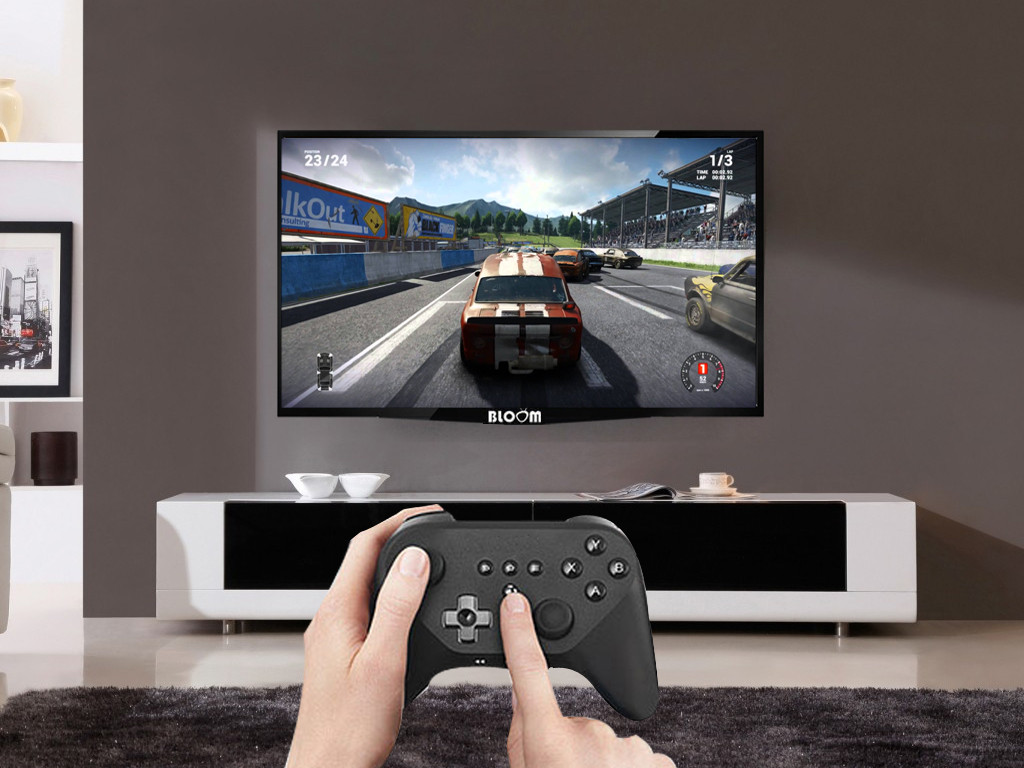
Since we recently started offering a TV repair service, we’ve heard one question over and over again… what’s the difference between LCD, LED and Plasma TVs?
If you’re a gamer, than you want to ensure that every part of your gaming experience is enjoyable. From a comfy chair, to snacks at the ready, and a headset equipped with a microphone (to scream insults at your opponents!), every detail makes a difference. So it makes sense that you’ll want to make sure that your perfect gaming experience is not ruined by a TV or monitor that doesn’t fit your standards. Let’s take a look at LCD vs LED vs Plasma for Gaming.
LCD vs LED vs Plasma for Gaming
Basic Differences
The only difference between LCD and LED TVs is that LED TVs are just LCD TVs that use an LED backlight instead of a fluorescent one. LED-LCD TVs tend to have better contrast and more accurate colors than fluorescent-backlit TV models.
Since LED TVs use an LED backlight instead of fluorescent lighting, and are the most energy efficient and consume the least amount of power. Gamers tend to prefer LED backlighting because the lighting is much more even and consistent across the screen. In terms of definition, 1080p is a good standard for high definition.
Plasma has the best quality display when considered against LED and LCD TVs, and tend to outperform LED and LCD TVs in many tests. The main difference for Plasma TVs is that Plasma TVs have deeper black levels, which make for better contrast. They also don’t have motion blur and limited viewing angles typically associated with LCD TVs.
The biggest problem with Plasma TVs is that they tend to retain images longer than LED or LCD TVs. Newer models have fixed most of this problem. However, older models have images that can leave an imprint for hours – not always ideal for gamers worried about lag. Speaking of which…
The Problem with Lag
Response time, also known as “lag,” is important to gamers, and can mean the difference between living and dying (in the game at least!). Gamers measure this delay in milliseconds, for online games and Twitch, which require very timely collaboration for an enjoyable gameplay experience. Check out CNET’s guide to the Best Low Lag HDTVs for Serious Gamers to get an idea of what TV models are appropriate for gamers.
Pricing Considerations
In terms of pricing, Plasma is the newest technology, and is therefore the most expensive. From there, LED is cheaper than LCD. You can get a basic understanding of pricing between models considered to be the best for gaming from Tech Radar.
What TV or monitor you decide to use for gaming will ultimately depend on how much you enjoy gaming, and the associated cost of the models you’re considering. For the best experience, with money not an issue, choose a Plasma model. On a lower budget, you’d still have a great gaming experience using and LED TV… not to mention, the cost savings add up with it’s energy efficiency on your monthly electric bill. So what will you choose between LCD vs LED vs Plasma for gaming?
And if you have a TV that you use for gaming and need it repaired, contact us online or by calling (440) 725-0642!

